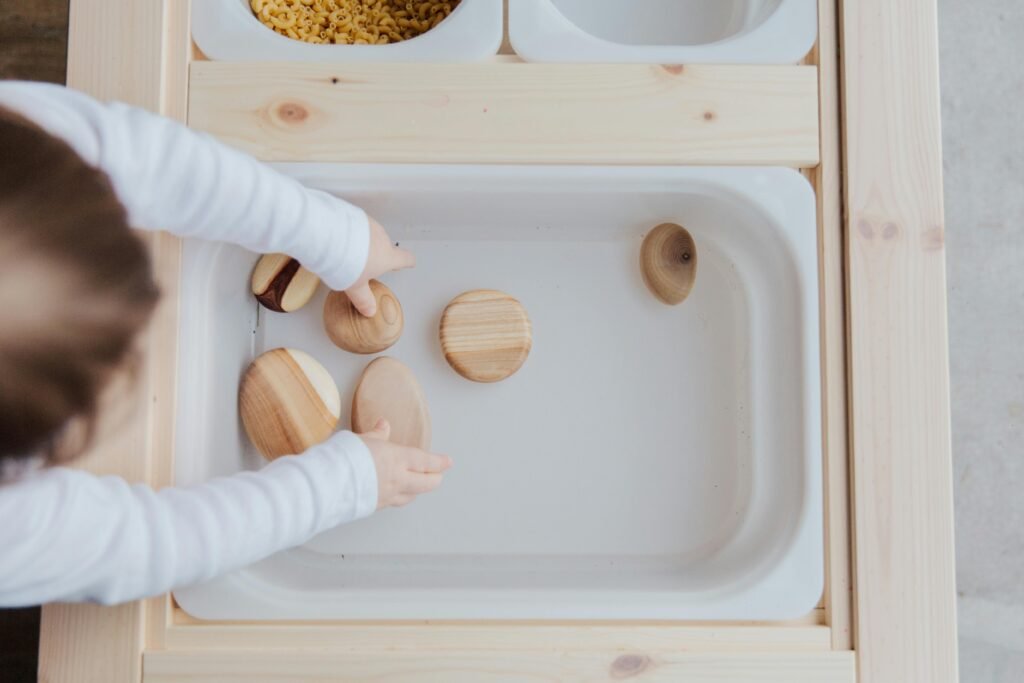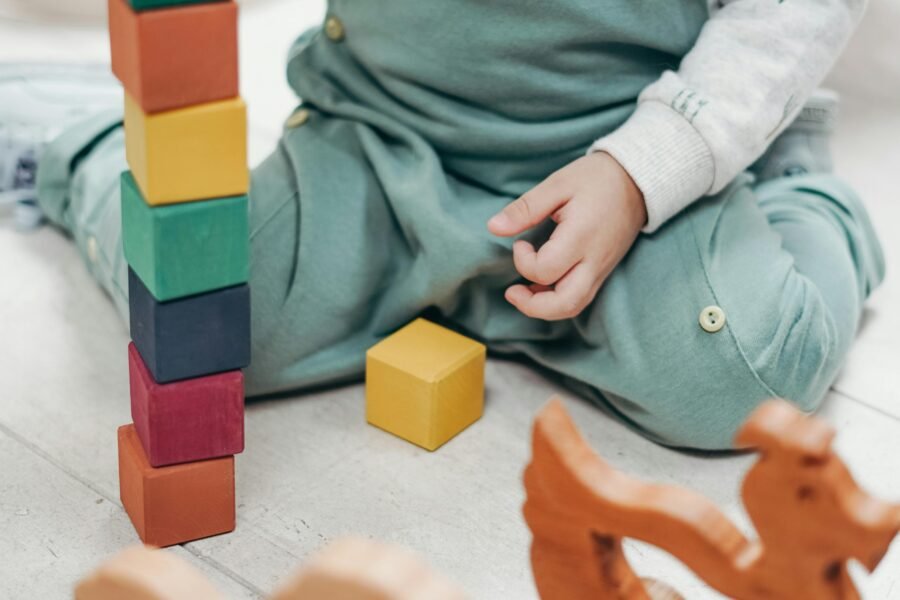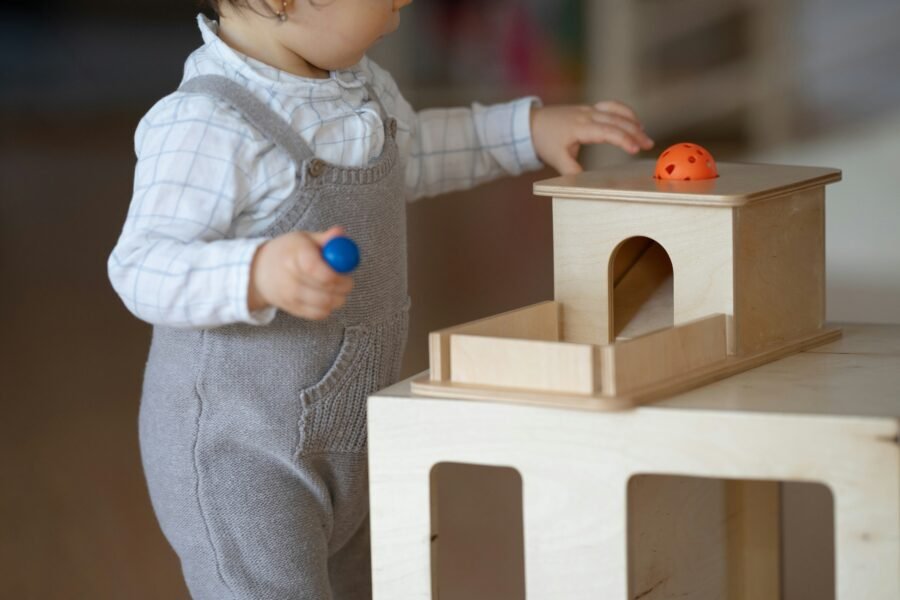We’ve all been taught that we have five senses — smell, taste, touch, hearing, and sight. If you’ve worked with an occupational therapist or googled your own child’s development, you may have also learned about two additional sensory systems: the vestibular and proprioceptive systems. These systems play a key role in self-regulation, which is your child’s ability to identify their emotions and manage them.
What are the vestibular and proprioceptive systems?
The vestibular system tells us the position of our head while moving. It helps us balance, control our posture, coordinate movements, and self-regulate. Any activity requiring coordinated movement involves this system, such as eating your lunch, using the swings at the park, or bouncing a basketball.
The proprioceptive system helps us understand where our body parts are in relation to each other and the space around us. It can impact coordination, body awareness, and how much force we apply when hugging a friend or using a pencil. This system is essential for organizing our child and easing into relaxation before bed or before leaving the house. Activities like sucking on a pacifier, pushing around a weighted ball, or working with play dough all stimulate the proprioceptive system.

What is the hidden sense?
Then comes along a hidden sense: interoception. Interoception is our internal sense of our body. It helps us identify if we are hungry, cold, thirsty, nervous, or need to use the bathroom — all based on internal signals of the body. Interoception helps us identify internal body signals through receptors on our organs and connects them to an emotion. You may feel your stomach rumbling, signalling hunger. The emotion leads to purposeful self-regulation that brings the body back to balance. You realize you are hungry and grab a snack to eat.
For most children, this is a natural process that develops from birth through various experiences. A newborn baby doesn’t understand a growling stomach means hunger; it takes years to build this sense through practice until a child can independently recognize and connect their body signals to emotions and actions. For some children, there may be a breakdown that occurs somewhere along this process. This can leave them feeling discomfort, confused, or frustrated, which may manifest as meltdowns or behavioural challenges. It’s important to realize these responses often occur because your child doesn’t have the skills or tools to appropriately self-regulate or manage their emotions in the moment and not because they are purposefully being difficult. By understanding and supporting interoception, we can help children develop the skills to recognize their internal states, identify their emotions, and take actions to restore balance in their bodies.
How can you support your child’s interoception?
Asking questions and providing purposeful guidance — A powerful way to enhance interoception is to ask questions or gently guide your child to notice and describe their internal body signals. For example, “what do you feel in your body right now?” or “can you tell me what it feels like when you are tired or hungry”, or “what do you think your body is telling you?”. As children learn to identify internal cues, you can encourage them to become aware and connect the cue to an emotion. For example, “It looks like you are shivering or feeling cold, do you need a sweater?” This process of reflection and articulation is a powerful skill to practice for self-regulated children.
Mindfulness and body awareness — Improving interoception involves activities that encourage mindfulness and body awareness, such as deep breathing exercises, yoga, reading children’s books on mindfulness, or using emotion cards. By teaching children to recognize and respond to their internal cues, we can empower them to better understand and manage their emotional and physiological needs.
It’s important to remember that every child is unique, and what works for one may not work for another. As parents and caregivers, being attuned to your child’s needs and providing them with the tools and support they need to navigate their sensory world can make a big difference in their ability to self-regulate and thrive.
References:
Mahler, K. (2020). The Interoception Curriculum: A Step-by-Step Framework for Developing Mindful Self-Regulation. AAPC Publishing.
Ticktin, A. (2021). Play to Progress: Lead Your Child to Success Using the Power of Sensory Play. TarcherPerigee.



Leave a Reply